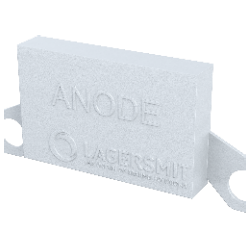Briefly summarized: In order to comply with the VGP when it comes to oil-to-water interfaces, ship owners may choose either to use mineral oils with an air-type or void-space seal, or to use Environmentally Acceptable Lubricants (EAL). Combining these two options will be the safest choice, since any discharge (also EAL discharges) must be reported.
The effects of your choice
The VGP indicates that if there is any reasonable possibility that an oil-to-water interface would result in an operation discharge then an EAL must be used if technically feasible. If a vessel operator utilizes this system and elects not to use an EAL and the seal doesn’t work as designed, any leakage of a non-EAL must be reported as noncompliance in the Annual Report.
Additionally the VGP states that the Environmental Protection Agency (EPA) does not approve technologies or EAL programs. The vessel operator itself is responsible to comply with the new regulations. Be sure to verify that your system of choice complies with the regulations. Look for a verification by a third party, such as the DNV GL verification of the Supreme Athmos and Supreme Ventus.
Don't forget your anodes
According to the VGP, vessels have to change from zinc to aluminum or magnesium anodes where this is possible. The material to be used depends on where the vessel is used; for salt water the recommendation is aluminum and for fresh water, magnesium. If zinc is used after the first dry docking after 19 December 2013, then the reasons why aluminum was not selected need to be properly documented. If there are technical reasons why aluminum anodes could not be used, a statement to this effect can be obtained from the supplier.

More information
Lagersmit kindly invites you to talk further on this topic. Or would you like to get a detailed explanation of the various options? Please feel free to contact us!


